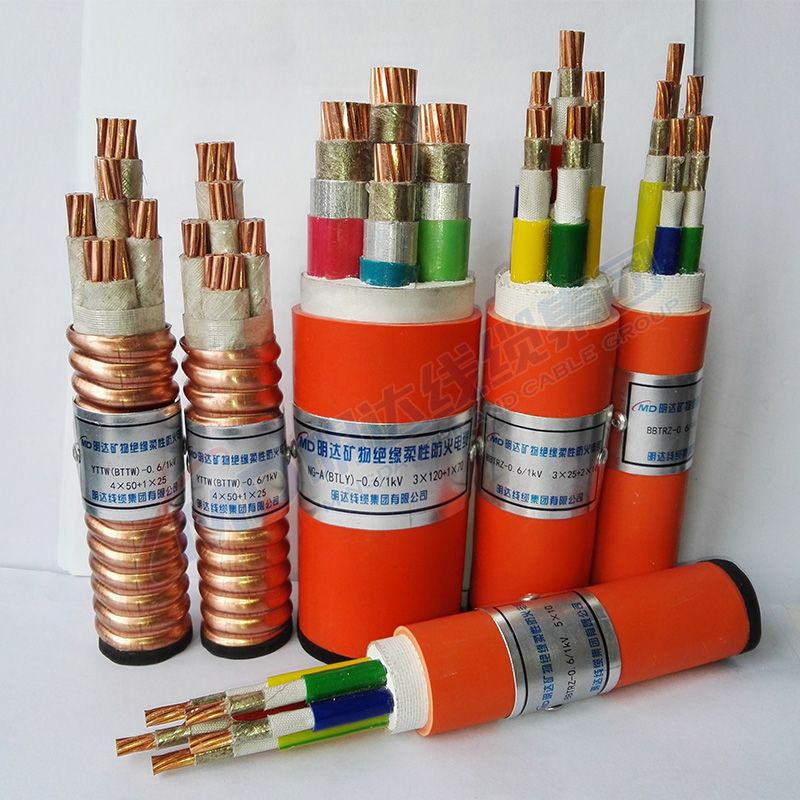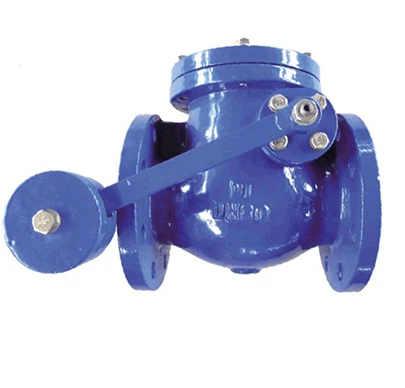1 月 . 06, 2025 19:33 Back to list
industrial valve
Navigating the complex landscape of industrial valves can significantly enhance operational efficiency and safety across various industries. Industrial valves, critical components in piping systems, regulate the flow and pressure of liquids, gases, and other materials, ensuring smooth operations in sectors such as oil and gas, chemical processing, water treatment, and power generation. Understanding their applications, functionality, and selection criteria is paramount to achieving optimized results.

Industrial valves are diverse and come in multiple types, each designed to fulfill specific operational requirements. Gate valves, for instance, are primarily used to start or stop fluid flow but offer limited control over the flow rate. They are best suited for applications requiring minimal fluid resistance and frequent operation. Ball valves, with their compact size and reliability, offer excellent shut-off capabilities and superior resistance to flow. These attributes make them an ideal choice for high-pressure systems and situations where quick shutoff is necessary without compromising on gasket life.
Butterfly valves, recognized for their lightweight and compact design, provide excellent throttling services. Popular in fuel handling systems, they ensure rapid valve operation, thereby reducing maintenance costs. Furthermore, check valves, including swing and lift check variants, prevent backflow, protecting equipment from potential damage due to reverse flow. They automatically respond to the changes in the process, offering streamlined operations.

The successful selection and implementation of industrial valves largely depend on understanding system requirements, fluid characteristics, and operational conditions. Temperature and pressure variations, the nature of the media (abrasive, corrosive, viscous), and required valve size considerably influence material choice. Metals like stainless steel and nickel alloys provide excellent resistance against harsh chemicals and high-temperature environments, while for less demanding conditions, cost-effective options like PVC and brass may suffice.
industrial valve
An often-overlooked aspect of industrial valves is their maintenance, which is crucial in sustaining their performance and prolonging lifespan. Regular inspections, lubrication, and timely replacement of seals and other worn components can avert costly downtimes and enhance system reliability. Investing in advanced diagnostic tools and training personnel on predictive maintenance techniques ensures optimal functionality and early detection of potential failures.
Innovation in industrial valve technology continuously evolves, focusing on automation and smart operations. Automated valves equipped with sensors and actuators allow remote monitoring and control, significantly cutting down on manual interventions, thereby reducing operational costs and improving safety standards. Implementing such advanced systems not only elevates operational efficiency but also adheres to stringent regulatory requirements.
In conclusion, the strategic selection, application, and maintenance of industrial valves are fundamental to achieving superior performance and efficiency in industrial operations. The robust understanding of their intricacies and advancements empowers industry professionals to make informed decisions. As technologies advance and processes become more complex, the importance of keeping updated with the latest valve innovations cannot be overstated, unlocking new levels of productivity and reliability in industrial systems.
Share
-
Understanding the Differences Between Wafer Type Butterfly Valve and Lugged Butterfly ValveNewsOct.25,2024
-
The Efficiency of Wafer Type Butterfly Valve and Lugged Butterfly ValveNewsOct.25,2024
-
The Ultimate Guide to Industrial Swing Check Valve: Performance, Installation, and MaintenanceNewsOct.25,2024
-
Superior Performance with Industrial Swing Check Valve: The Essential Valve for Any SystemNewsOct.25,2024
-
Industrial Swing Check Valve: The Ideal Solution for Flow ControlNewsOct.25,2024
-
You Need to Know About Industrial Swing Check Valve: Functionality, Scope, and PerformanceNewsOct.25,2024